What I Learned From Sequoia Fund's Tragic Love Affair With Valeant
A huge bet on a controversial drug company is haunting the storied mutual fund.

When Warren Buffett dissolved his investment partnership in 1969 to focus on Berkshire Hathaway, the company he had acquired a few years earlier, he recommended that his clients invest in the Sequoia Fund (symbol SEQUX). It was great advice—for more than three decades, anyway.
When I recommended five low-risk funds to Kiplinger readers in August 2011, Sequoia topped my list. Over the previous 10 years through August 31 of that year, the fund had returned an annualized 5.7%, an average of 3.0 percentage points per year better than Standard & Poor’s 500-stock index. Yet the fund was 18% less volatile than the index over that stretch. Wow!
What’s more, because asset bloat can cripple performance, the fund displayed an admirable willingness to limit growth. Sequoia closed to new investors from 1982 until 2008, and again in 2013.

Sign up for Kiplinger’s Free E-Newsletters
Profit and prosper with the best of expert advice on investing, taxes, retirement, personal finance and more - straight to your e-mail.
Profit and prosper with the best of expert advice - straight to your e-mail.
Sequoia has held up well in tough times. In the 2007-09 bear market, it lost 44.3%, compared with 55.3% for the S&P 500. In the 2000-02 bear market, it gained 21.5%, while the S&P tumbled 47.4%.
But when I recommended Sequoia, I overlooked what would later turn out to be a hidden time bomb: The fund’s largest holding, accounting for 14% of its assets, was a drug company I had never heard of, Valeant Pharmaceuticals (VRX).
Sequoia, however, had a successful history of loading up on a stock or two, so I wasn’t particularly worried. For many years, it owned a ton of Berkshire Hathaway—and that had worked out wonderfully. The managers had shown that they knew what they were doing. Who was I to question their proven wisdom?
What I didn’t know: Valeant was no Berkshire Hathaway.
Sequoia did well for four years after I first recommended it. From August 31, 2011, through August 5, 2015, the fund returned an annualized 20.7%, compared with 17.3% for the S&P 500. During that stretch, Valeant’s price soared from $32 to a high of $263.81. Because Sequoia didn’t sell a single share, Valeant ballooned to more than 30% of the fund’s assets.
An aggressively acquisitive firm, Valeant did not spend money to research and develop new drugs. Instead, it bought existing medications from other drug makers, as well as whole companies—then relentlessly hiked the prices of the drugs it acquired. To fund the acquisitions, it borrowed heavily.
By last year, the stock had become a darling of hedge funds, and as long as sales, earnings and the stock price kept rising, Valeant’s mounting debt wasn’t a problem. But after a hedge fund manager who had shorted the stock (that is, bet on its price to fall) publicly blasted Valeant last fall, the shares blew up. In the ensuing months, it continued to tank as the news got uglier and uglier.
Congress slammed Valeant’s greedy pricing practices, the company’s CEO left, the feds launched investigations and lawsuits were filed. On March 15, Valeant disclosed that it was in danger of technical default on some of its debt because it might not be able to meet the deadline for filing certain financial disclosures. The stock closed at $26.98 on March 18, down a breathtaking 90% from its peak. From the date of Valeant’s top through March 18, Sequoia plunged 31%, compared with a loss of 1% for the S&P 500. Valeant closed at $28.98 on March 29.
During the entire debacle, Sequoia steadfastly refused to part with a single Valeant share. Indeed, in the fourth quarter of 2015, while the stock was in free fall, Sequoia bought 1.5 million more shares, bringing its total stake to 12.8 million shares. Now, it’s one thing to be a contrarian. But buying more of a stock that you already own too much of while other investors are dumping it en masse is hubris.
On March 23, finally embracing reality, Valeant’s two Sequoia cheerleaders—71-year-old CEO and comanager Bob Goldfarb and an analyst—resigned. The remaining comanager, David Poppe, was named CEO and sole manager. “A lot of our clients are frustrated and don’t understand how this happened to us,” Poppe told Bloomberg. “Our message is we’ll get back to basics, owning best-of-breed companies with lower levels of debt”—as well as put limits on how much to invest in any single stock. “Clients don’t have an appetite for too much concentration.”
Sequoia’s mistakes hardly mark the first time a talented manager has screwed up by buying too much of a “can’t miss” stock. Bill Nygren, the savvy stockpicker who launched Oakmark Select in 1996 and still comanages it, put 15% of the fund’s assets into Washington Mutual and rode the thrift’s stock all the way to zero.
What to do if you own Sequoia? I wouldn’t be in a rush to sell. Chastened by this debacle, Sequoia is unlikely to make the same mistake again, and the major damage is behind it—Valeant appears to now be only about 7% of assets. And the fund’s record of consistently delivering above-average returns with below-average volatility for decades has to count for something.
Morningstar analyst Michael Waterhouse, while conceding that Valeant’s stock “remains in a highly volatile and uncertain situation,” says the company is worth $115 per share, four times its current price.
Maybe. Maybe not.
The lesson I’ve learned from the Sequoia disaster is that I need to redouble my efforts to examine the risks a fund is taking, especially when it has a fabulous record. I need to make sure a fund isn’t taking excessively large positions in one or two stocks or engaging in some other dicey strategy. Dramatically outsize returns almost never come without outsize risks.
Now, in what appears to be the latter stages of a bull market that began in 2009, I’m more interested in funds that are likely to hold up well in the next stock market downturn. Then again, that’s what I was trying to do when I picked Sequoia in the first place.
Steve Goldberg is an investment adviser in the Washington, D.C., area.
Get Kiplinger Today newsletter — free
Profit and prosper with the best of Kiplinger's advice on investing, taxes, retirement, personal finance and much more. Delivered daily. Enter your email in the box and click Sign Me Up.

-
 Is Walmart Plus Worth It?
Is Walmart Plus Worth It?There are tons of exciting Walmart Plus benefits – but are they worth the $98 annual fee?
By Rachael Green
-
 My Great Retirement Dream: Sell My House, Downsize, Live off the Proceeds and Dabble in Stocks. Can I Do It?
My Great Retirement Dream: Sell My House, Downsize, Live off the Proceeds and Dabble in Stocks. Can I Do It?I ask an expert financial planner if my retirement dreams are realistic — or if my head is in the clouds.
By Donna Fuscaldo
-
 Stock Market Today: Stocks Rise on Good Volatility
Stock Market Today: Stocks Rise on Good VolatilityInvestors, traders and speculators continue to process the "known unknown" of global tariff-and-trade war negotiations.
By David Dittman
-
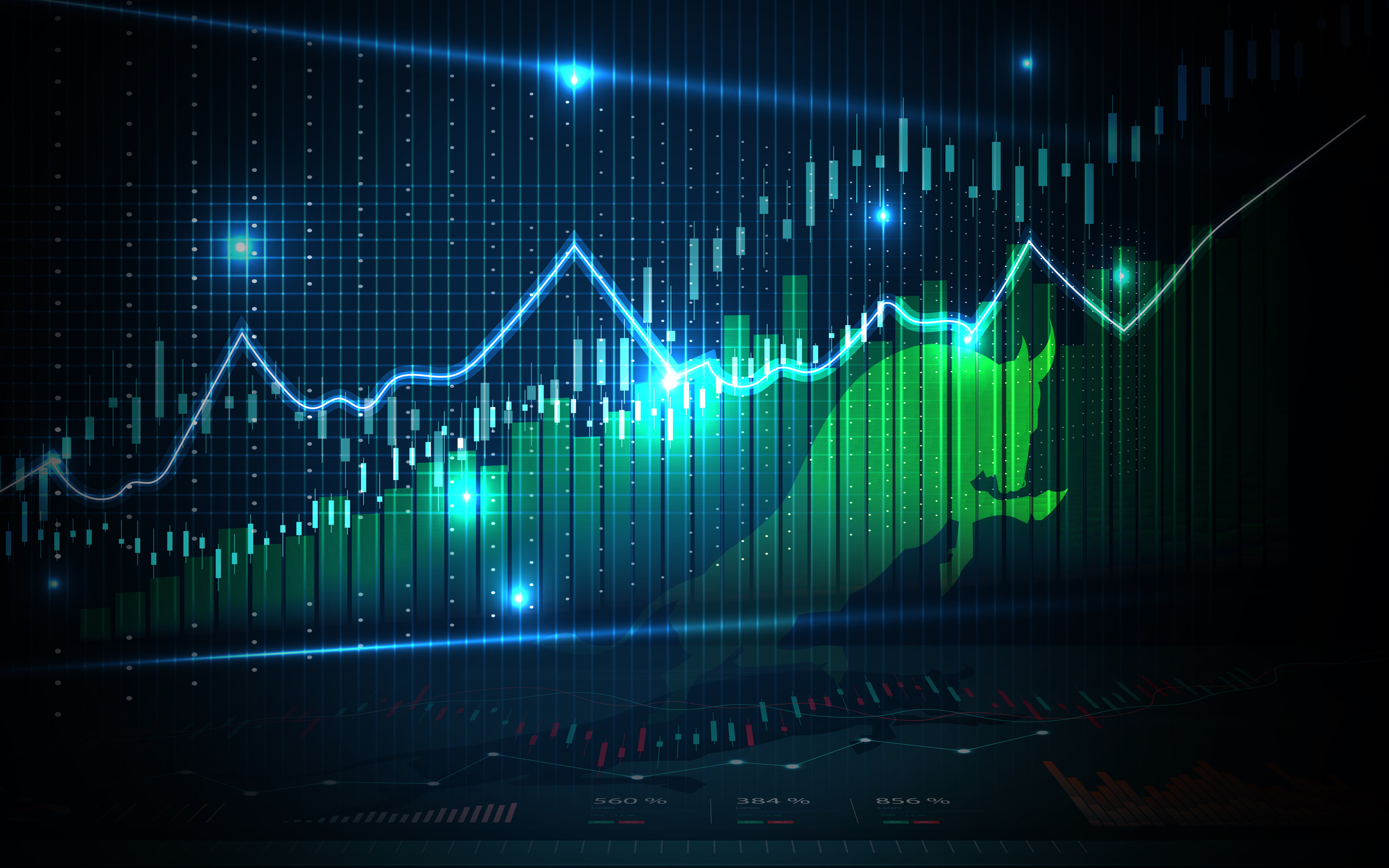 Stock Market Today: Trump Retreats, Markets Rejoice
Stock Market Today: Trump Retreats, Markets RejoiceStocks rally, yields soften, the dollar rises, and even beaten-down names enjoy the wages of potential trade peace.
By David Dittman
-
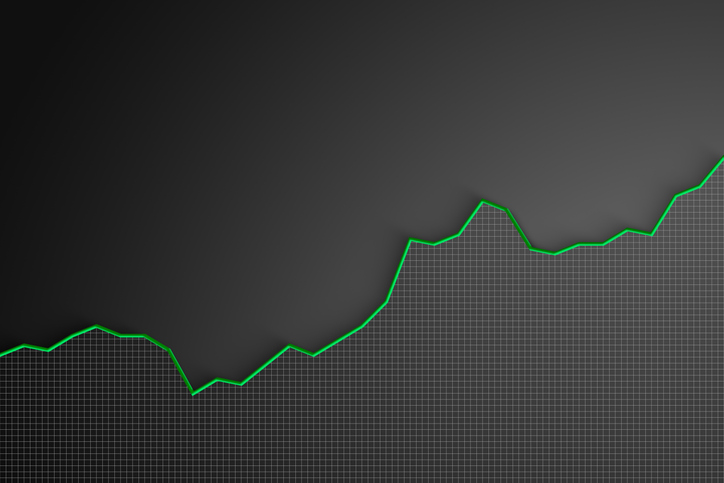 Stock Market Today: Stocks Soar on China Trade Talk Hopes
Stock Market Today: Stocks Soar on China Trade Talk HopesTreasury Secretary Bessent said current U.S.-China trade relations are unsustainable and signaled hopes for negotiations.
By Karee Venema
-
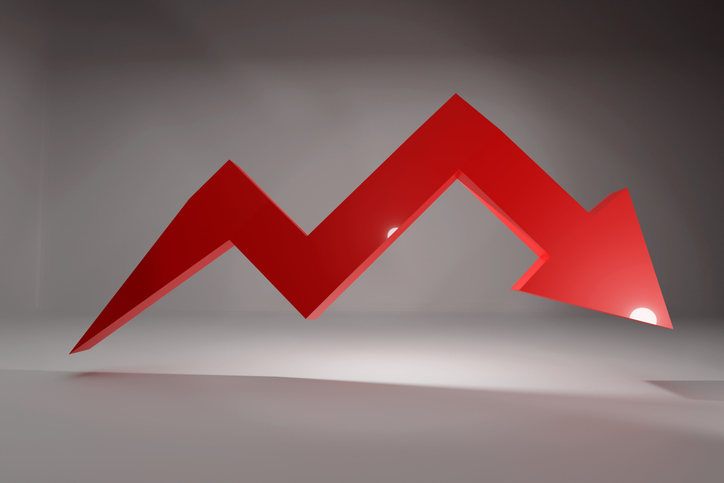 Stock Market Today: Dow Drops 971 Points as Powell Pressure Ramps Up
Stock Market Today: Dow Drops 971 Points as Powell Pressure Ramps UpPresident Trump is increasing his attacks against Jerome Powell, insisting the Fed chair cut interest rates.
By Karee Venema
-
 Stock Market Today: No 'Powell Put'? No Problem
Stock Market Today: No 'Powell Put'? No ProblemInvestors, traders and speculators look beyond both another Trump post and more signs of slowing economic activity.
By David Dittman
-
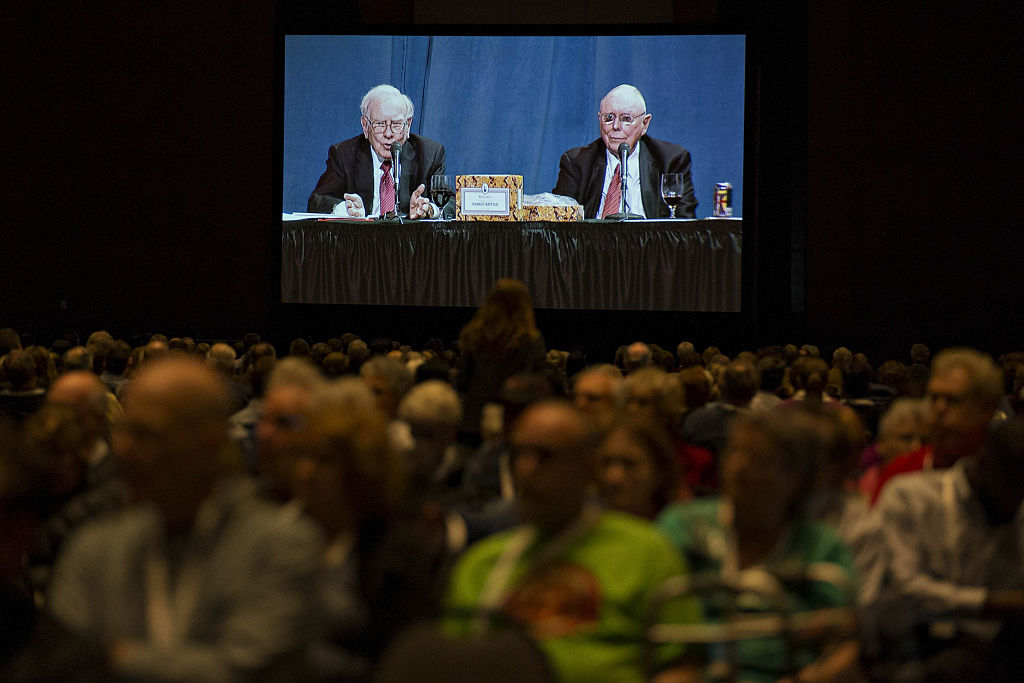 What Is the Buffett Indicator?
What Is the Buffett Indicator?"It is better to be roughly right than precisely wrong," writes Carveth Read in "Logic: Deductive and Inductive." That's the premise of the Buffett Indicator.
By Charles Lewis Sizemore, CFA
-
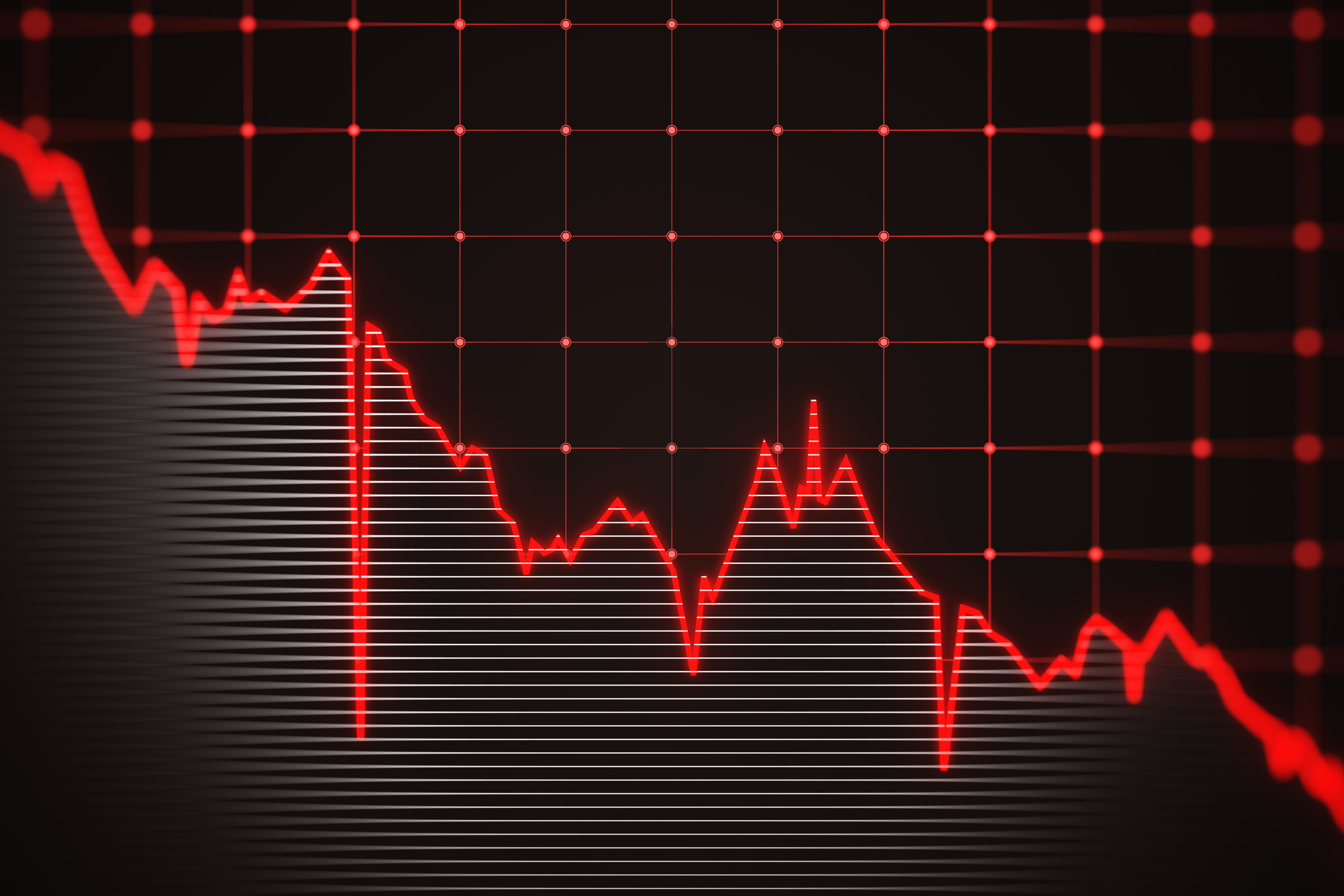 Stock Market Today: Dow Drops 699 Points After Powell Speech
Stock Market Today: Dow Drops 699 Points After Powell SpeechFed Chair Powell warned of a slowing economy and higher inflation but said the central bank isn't ready to cut rates just yet.
By Karee Venema
-
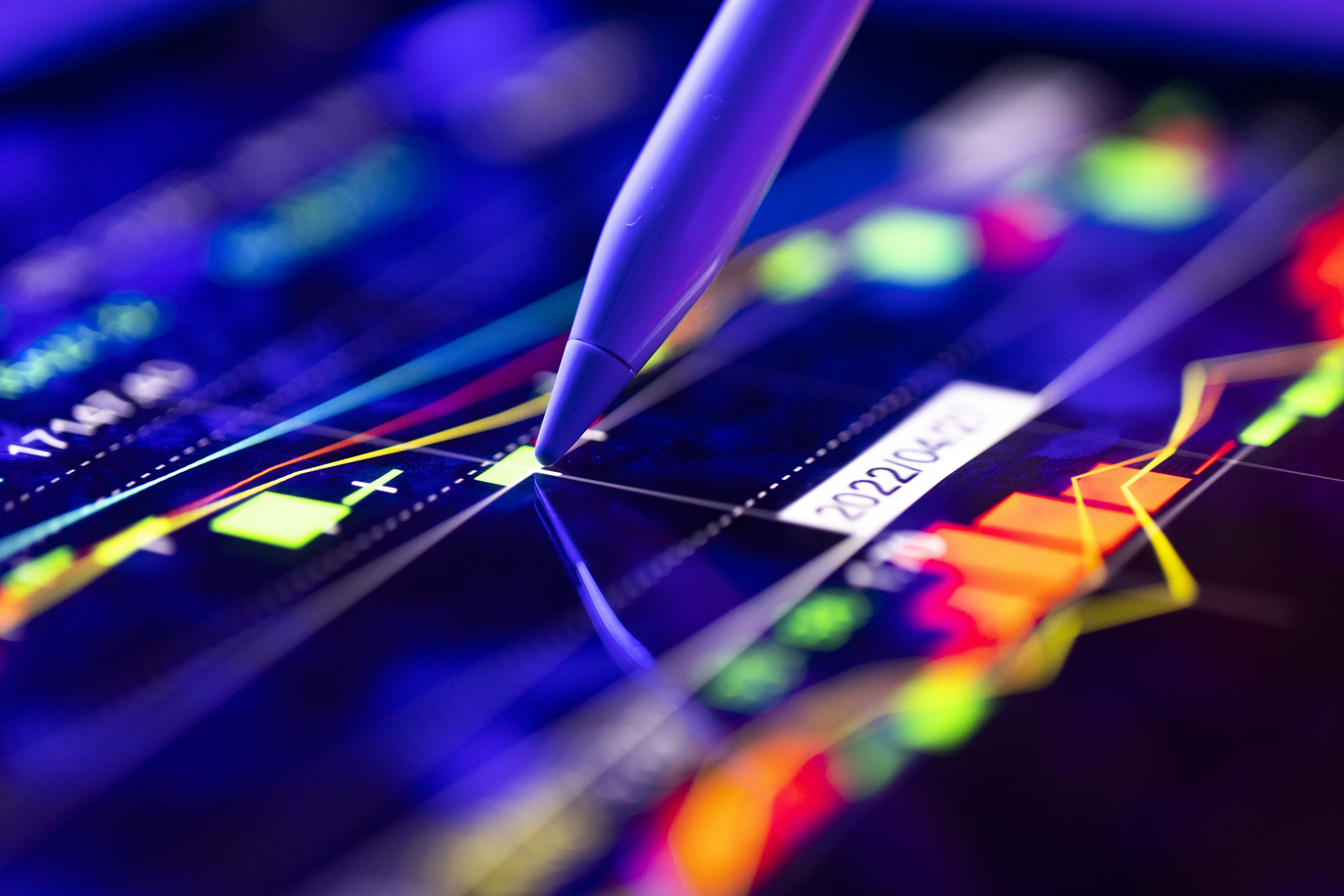 Stock Market Today: Stocks Struggle Amid Tariff Uncertainty
Stock Market Today: Stocks Struggle Amid Tariff UncertaintyBoeing dropped after China suspended new aircraft orders, while Bank of America and Citi climbed on earnings beats.
By Karee Venema